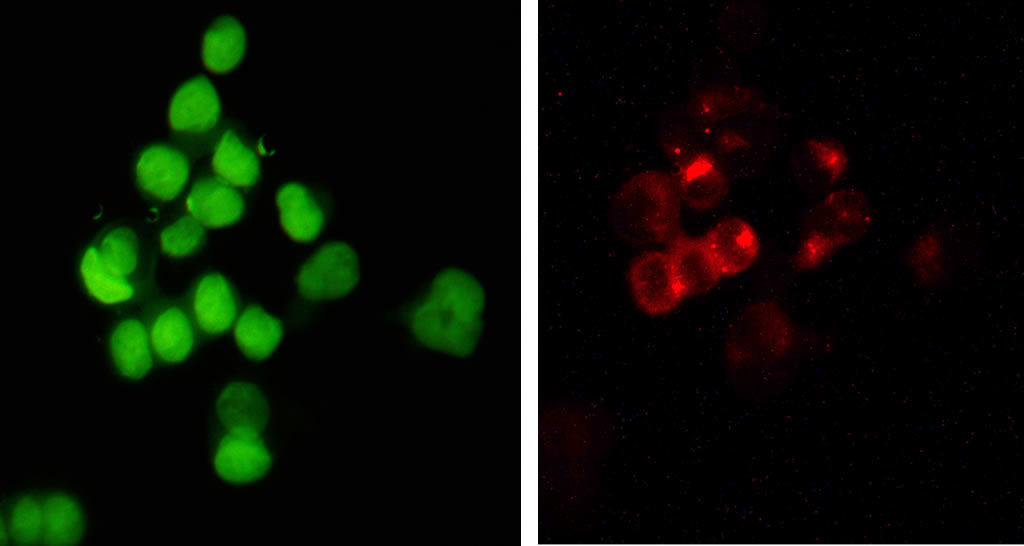
After heart disease therapy, exosome research revealed liquid biopsy as a revolutionary technique for cancer diagnosis & prognosis. However, exosomes play a critical role in mediating intercellular communication as a promising biomarker for this strategy. Since exosomes can travel through body fluids and interact with other cells, they deliver their cargo and influence their functions. Read on to disclose the prominent role of exosomes in cellular communication without further ado.
Emergence Of Exosome Research
Q5 exosome research has emerged as a fascinating field of study in bioscience. Over the years, various scientific upgrades have contributed to the understanding of exosomes. Significantly in biomedicine and neurosciences, the breakthroughs and findings of exosomes have shown their great potential as biomarkers, drug delivery vehicles, and disease therapeutics.
Moreover, exosomes play essential roles in many biological processes, such as immune response, tissue repair, and cancer progression.
Diverse Roles Of Exosomes In Cellular Communication
Here are the significant roles of Q5 Exosomes in cellular communication in diagnosing and treating various diseases.
Exosome Research: Drug Delivery Vehicles
One of the emerging roles of exosomes is their ability to deliver drugs or other substances from one cell to another, contributing as drug delivery vehicles. Nonetheless, different sources provide exosomes, such as stem cells, immune cells, or engineered cells. For drug delivery functionality, exosomes can be loaded with other molecules, such as drugs, genes, or antibodies. Consequently, exosomes can then be delivered to the target cells or tissues, where they can exert their therapeutic effects or deliver their cargo.
Controlled Pathogenic Transmission
Likewise, exosomes can carry prions, viruses, bacteria, or parasites, causing serious diseases such as HIV, tuberculosis, or malaria. Therefore, to understand how exosomes mediate pathogenic transmission, many effective prevention strategies have been developed to control or block their activity. In addition, modulating exosome activity could be beneficial for preventing or treating infectious and neurodegenerative diseases.
Exosomes Isolation & Biomarkers
Exosomes isolation has also identified Q5 exosomes as biomarkers for diagnosis, prognosis, and monitoring of diseases. In functionality, exosomes reflect the attributes of their parent cells and can be isolated from various body fluids, such as blood, urine, saliva, or cerebrospinal fluid. Nevertheless, exosomes storage buffer and analyzing the molecular composition is helpful for disease progression and therapeutic response of various diseases.
Diseases Therapeutics
The most exciting role of exosome research is their potential as therapeutics for various conditions like heart disease therapy. However, exosomes have several advantages over conventional drugs or cell-based therapies, such as low immunogenicity, high stability, natural targeting ability, and easy engineering. For example, exosomes from neural stem cells can enhance axonal regeneration and functional recovery in spinal cord injury. In the same way, exosomes storage buffer deliver genes or drugs to the brain and reduce amyloid plaques and inflammation in Alzheimer's disease.
Exosome Research: The Future Of Medical Research
Exosome isolation andexosome research findings are essential in many biological strategies. They have great potential as biomarkers, drug-delivery vehicles, and therapeutics for various diseases. Thus, exosomes are the next frontier in cellular communication and offer new opportunities for biomedical research and applications.
This is where Exom Biopharma supports the future of medical research. We deliver exosome kits and reagents, disease-specific exosomes, and Q5 exosome drug delivery vehicles. Experience exclusive solutions for your exosome research now.

